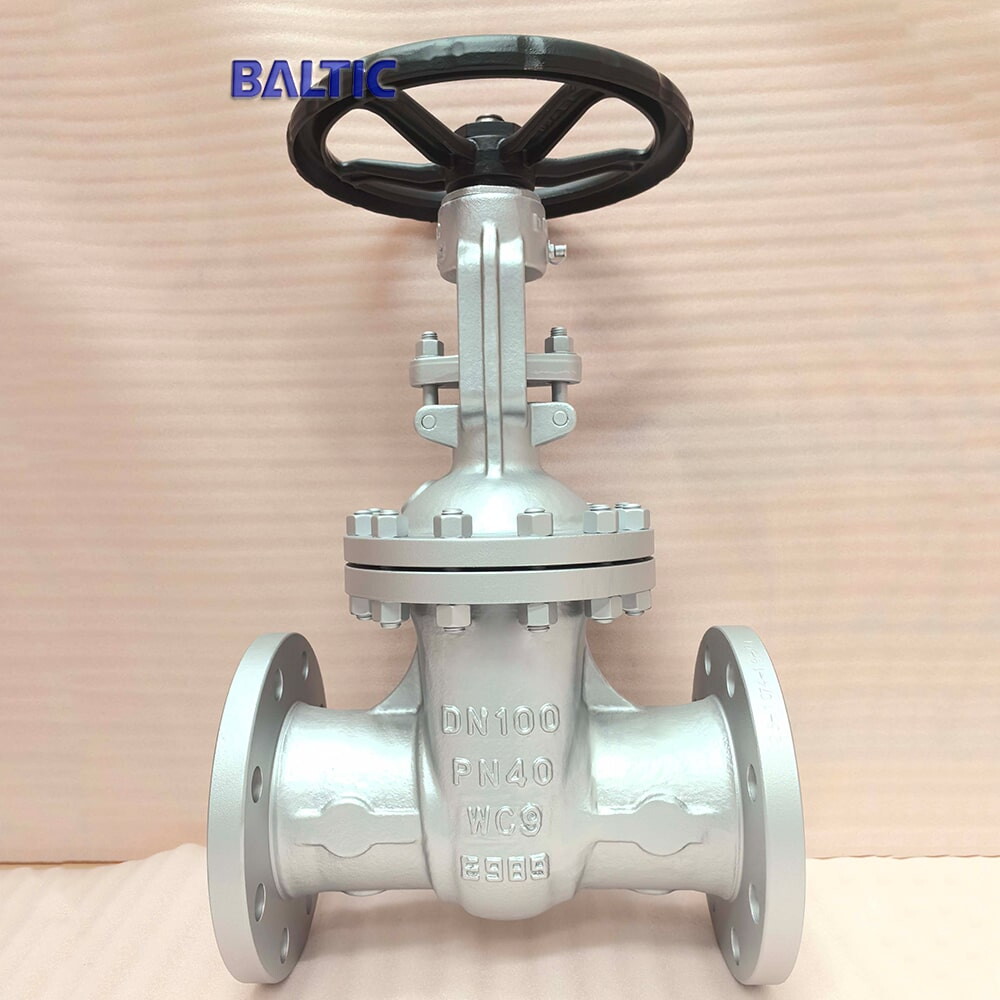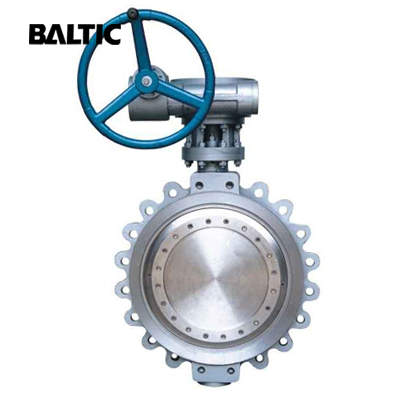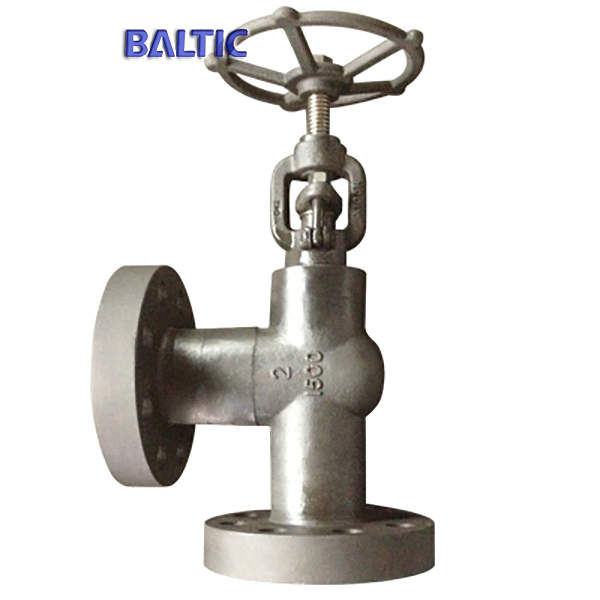Three Easily Occurring Problems of Gate Valves
The disc of the gate valve is the gate, whose direction of movement is perpendicular to the flow direction of the fluid. The gate valve can only be fully opened and closed, and can not be used to control or throttle the fluid. The gate of the gate valve has two sealing surfaces. The most commonly used gate valves' two sealing surfaces usually present the wedge shape and the wedge angle will change as the parameters of gate valves change. The drive mode of the gate valve can be divided into the manual drive mode, the pneumatic drive mode and the electric drive mode.
In the long-term use, the following three problems are easy to occur on gate valves.
1. The gate is jammed means that the gate is in the slide way of the valve cavity, or even is separated from the valve stem. This problem is mainly triggered by the unreasonable design and manufacture of the valve. For example, the surface of the slide way is made very rough. When the gate is jammed in the valve seat, if the valve stem forcibly rises, the fracture or deformation of the gate's T-groove will easily appear. Besides the factor of the abnormal increase of the pressure, another two factors including the temperature difference and the closing force also should be paid much attention to. If the gate valve is closed in the cold state and then opened in the thermal state, the gate will be more tightly pressed due to the thermal expansion of the valve stem, and the closing torque of the gate will be increased, resulting in the gate being unable to be opened. If the valve is closed in the thermal state and then is opened in the cold state, the two sides of the valve seat will have the thermal deformation in the thermal state and will shrink in the cold state, which will also makes the gate can not be opened. The above two cases are the typical working conditions with the temperature difference. In addition, if the closing torque is too large and the valve is too tightly closed, or the electric drive is not properly adjusted, the probability of the gate being unable to be opened will also increase.
2. The gate of the gate valve is cracked. The problem that the gate is cracked or the bottom of the gate is deformed often occurs on the gate valve with the Z944/Z964 parallel plate structure when the bottom of the gate directly hits the bottom of the valve body.
3. The gate's sealing surface of the gate valve has cracks. The cracks often occur on the sealing surface of the valve made of the alloy materials, which are usually resulted from the unreasonable process. This problem can be well avoided through the reasonable selection of the valve material as well as the reasonable control of the technological parameters of welding.
In the long-term use, the following three problems are easy to occur on gate valves.
1. The gate is jammed means that the gate is in the slide way of the valve cavity, or even is separated from the valve stem. This problem is mainly triggered by the unreasonable design and manufacture of the valve. For example, the surface of the slide way is made very rough. When the gate is jammed in the valve seat, if the valve stem forcibly rises, the fracture or deformation of the gate's T-groove will easily appear. Besides the factor of the abnormal increase of the pressure, another two factors including the temperature difference and the closing force also should be paid much attention to. If the gate valve is closed in the cold state and then opened in the thermal state, the gate will be more tightly pressed due to the thermal expansion of the valve stem, and the closing torque of the gate will be increased, resulting in the gate being unable to be opened. If the valve is closed in the thermal state and then is opened in the cold state, the two sides of the valve seat will have the thermal deformation in the thermal state and will shrink in the cold state, which will also makes the gate can not be opened. The above two cases are the typical working conditions with the temperature difference. In addition, if the closing torque is too large and the valve is too tightly closed, or the electric drive is not properly adjusted, the probability of the gate being unable to be opened will also increase.
2. The gate of the gate valve is cracked. The problem that the gate is cracked or the bottom of the gate is deformed often occurs on the gate valve with the Z944/Z964 parallel plate structure when the bottom of the gate directly hits the bottom of the valve body.
3. The gate's sealing surface of the gate valve has cracks. The cracks often occur on the sealing surface of the valve made of the alloy materials, which are usually resulted from the unreasonable process. This problem can be well avoided through the reasonable selection of the valve material as well as the reasonable control of the technological parameters of welding.



